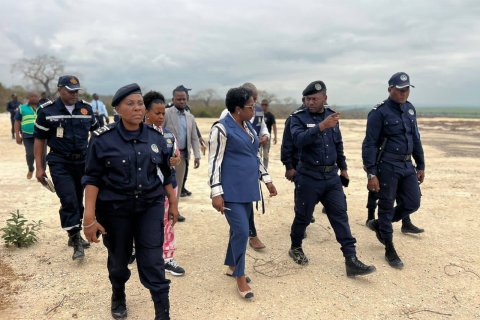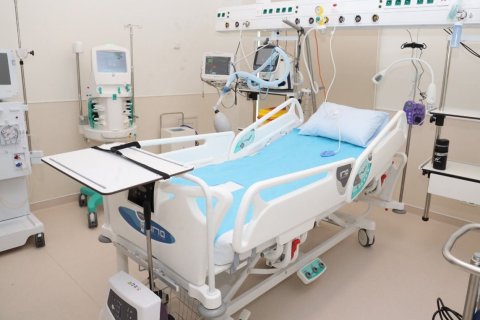"Unfortunately, we see that the number of cases continues to increase. Both in suspected cases and confirmed cases, we see some increase and we have an average of 3000 suspected cases per week this year," said Yap Boum, deputy incident manager at the Africa Centres for Disease Control and Prevention (Africa CDC), at the weekly online press briefing.
"It is important to highlight, as we have repeatedly mentioned, the low testing coverage, which is around 21 percent. This means that out of every ten suspected cases, only two will be tested. So what we report in terms of confirmed cases is only a small fraction," Boum said.
Africa has reported 117,678 suspected cases and 26,927 laboratory-confirmed cases in just over 20 countries on the continent since January 2024.
To date, 1709 deaths have been recorded, the vast majority in the Democratic Republic of Congo (DRCongo), a nation neighboring Angola, according to the AU health agency.
The DRCongo thus remains the epicentre of the epidemic, with 90,406 suspected cases and 17,262 confirmed cases.
The AU health agency declared mpox a public health emergency of continental security on 13 August, and the following day, the World Health Organization (WHO) announced an international health alert for the disease, a measure that the WHO also decided to extend.
MPOX is an infectious disease that can cause a painful rash, swollen lymph nodes, fever, headaches, muscle aches, back pain, and lack of energy.







